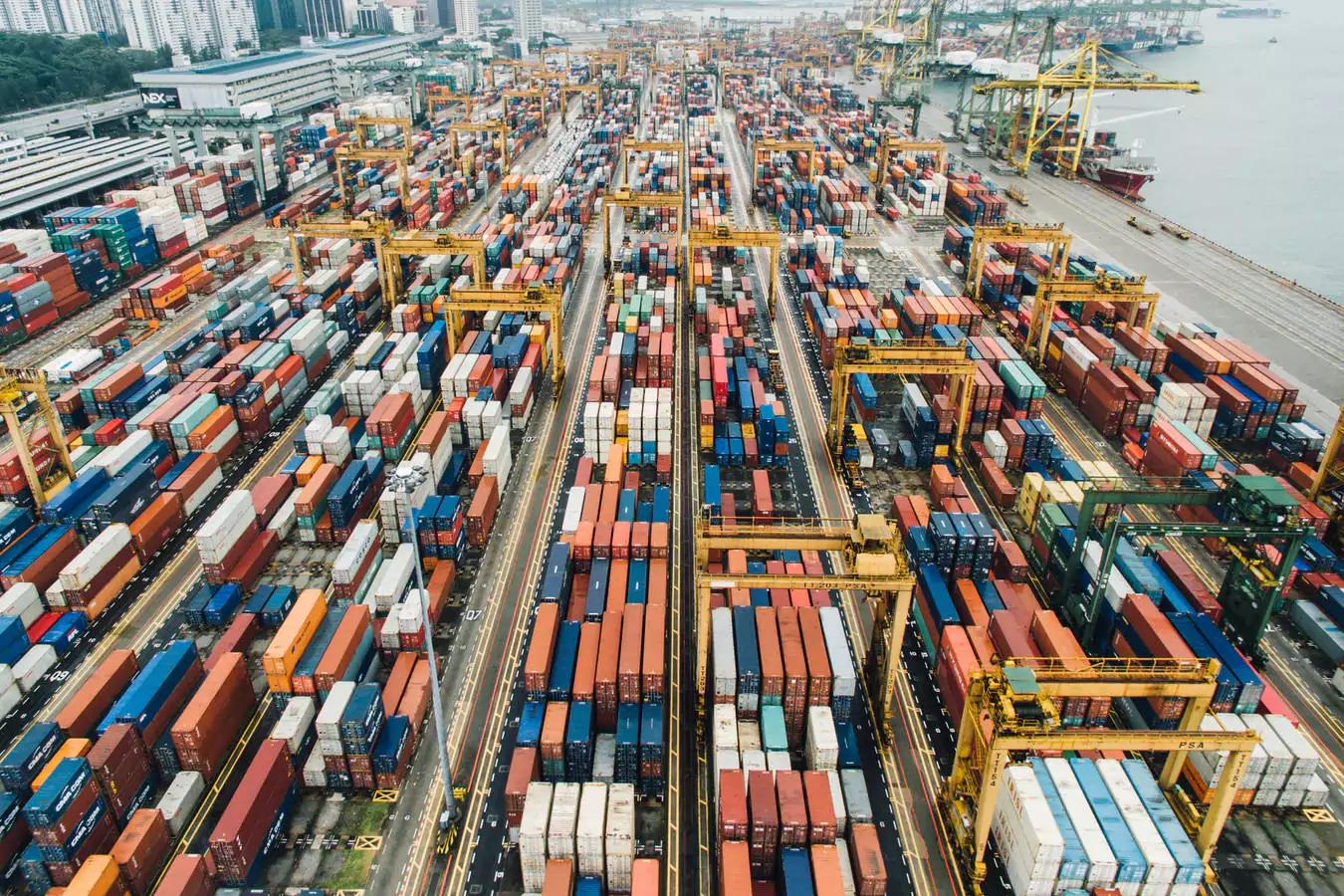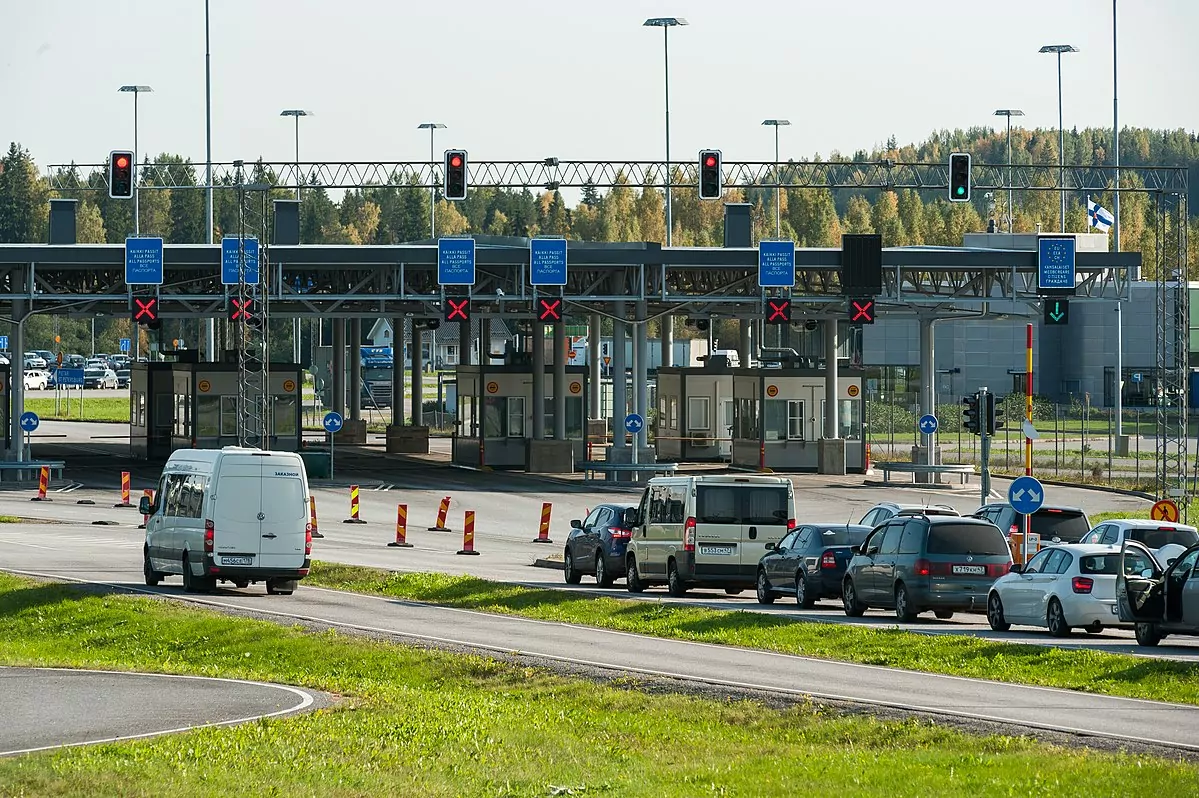What does the shipping business process entail?
Shipping refers to the transportation of inventory from a company’s own warehouse to the customer; it is therefore the transportation of goods from one location to another. Within a value chain, shipping is an important overall process that consists of several individual processes or process steps involving both internal and external interfaces. For example, the shipping department is closely linked to a company’s goods issue and accounting, while shipping service providers or external forwarding agents are also involved in the overall shipping process.
Overview of the most common shipping methods in B2B and e-commerce logistics
Shipping is about covering distances in an economically efficient way, in terms of costs and delivery time. This means that inventories can be shipped by air, sea, and road. These are referred to as air freight, sea freight and ground shipping. As a rule, companies work with external service providers, which are specifically shipping or logistics companies (courier express parcel services, freight forwarders, shipping companies). Since the circumstances or quantities involved can make the shipping process relatively complex, logistics software is increasingly being used to both increase the level of automation and optimize the individual processes. The shipping method ultimately chosen depends primarily on:
- Shipping costs
- Delivery time
- Type, dimensions and weight of the goods
- National or international shipping
- Shipping method

Summary of the most common shipping methods
While there have always been numerous types of shipping in the business sector, the growth of e-commerce has also brought different types of shipping to private customers. The most common types of shipping include:
- Same-day delivery: Delivery takes place on the same day as the order.
- Next-day delivery: Delivery takes place on the day after the order is placed.
- express delivery
- international shipping
The differences lie in the delivery time, costs and distance. Depending on the order (purchase order), the shipping method is selected if it has not already been determined by the client.
Shipping and fulfillment costs
In the private sector, consumers have already become accustomed to free shipping when ordering online, both for the original purchase and for any returns. For such a service, the seller must calculate very precisely by taking into account the costs for production, storage, packaging, taxes and shipping as well as returns, and adjust the purchase price accordingly. Prices on the world market for fuel or the cost of space in a shipping container can change suddenly.
Common types of shipping costs can be roughly divided into the following categories:
Express delivery
Express delivery means that the inventory is delivered particularly quickly, i.e. it arrives at the customer’s premises much earlier than would be the case with an ordinary delivery. The decisive factor is the delivery time, which must be short enough to meet a guaranteed delivery date. This can be a same-day delivery, an overnight express or simply an exceptionally fast delivery. The parcel service or transport company gives such a delivery preferential treatment, which generally costs more but can also be many times more expensive than the corresponding standard delivery. This makes short-term, punctual delivery advantageous, which also enables an urgent order, while the downside is the considerable additional costs.
Flat-rate shipping
A lump-sum shipping price is essentially a mixed calculation in which the seller distributes the total shipping costs across all products and buyers or orders and calculates them in such a way that, viewed holistically, he has no disadvantage or the greatest possible advantage from them. Excessively high flat-rate shipping costs deter too many customers, while excessively low shipping costs may encourage many customers to place orders, but place too great a strain on your own profit margin. While free shipping is usually passed on to the customer by pricing the costs into the product, flat-rate shipping provides a comprehensible classification from which everyone benefits. This way, every recipient understands that larger and heavier inventories tend to incur higher transportation costs than small and light products. The flat rates then refer, for example, to deliveries up to 25kg, over 25kg and over 50kg.
Real-time carrier rates
Shipping with real-time carrier prices is a transparent and very accurate way to calculate shipping costs. As soon as an item is added to the shopping cart in an online store, for example, the customer can see what the shipping costs would be. This process is automated via an interface between the online store and the logistics company; the prerequisite is that the corresponding shipping companies also work with real-time shipping costs. This way, each product and each order is assigned an individual and currently valid shipping price.
Drop shipping is a special case. In this case, or with this business model, goods are sold without inventory. Manufacturing, storage, packaging, and shipping are handled by third parties. As soon as an order is received, the service provider initiates processes that result in the buyer receiving the ordered goods. The seller, on the other hand, has nothing to do with these processes; they pay the service provider, who in turn invoices all the services performed. In such a case, the entire process after the order has been placed and after the drop-shipping provider has been (automatically) informed can be referred to as shipping. In such a case, the entire fulfillment service is decoupled from the seller by third-party providers.
Generally, numerous individual items such as taxes, customs fees and insurance are included in the final total costs for shipping, which consist of more than just paying for the transport itself.
Exemplary process for international shipping
The following example shows how complex and multi-layered a shipping process can be:
In international shipping, the parties involved include the shipper, consignee, shipping company and freight forwarder. Before shipping, the seller (shipper) and buyer (consignee) agree on a liability solution. Once this step has been completed, the export transport follows; that is, the inventory is transported from the shipper’s warehouse to the freight forwarder’s place of use. This can be done by a local logistics company or by a freight forwarder that offers export transportation.
The next step is export customs clearance, which is subject to different guidelines depending on the country and must meet specific customs requirements. The necessary documents are submitted to the authorities to obtain clearance of the inventory from the country of origin. This requires the appropriate expertise to understand and comply with all regulations. If this expertise is lacking, a clearing agent can be hired to take care of this as an external service provider.
The subsequent physical inspection of the shipment, as well as further physical processes such as loading onto a ship in a container, is referred to as origin processing. A shipping company that carries out the sea transport must be commissioned in advance. Not only is time a relevant factor here, but also the route itself. The recipient is responsible for all ocean freight charges incurred along the way, as well as for customs clearance. In particular, tax obligations are checked during customs clearance; for this purpose, the inventory is temporarily stored in the customs area, which is a complex and time-consuming process overall, for which local clearing or forwarding agents also work with the recipient.

These processes, in which (several) national borders have to be crossed and different customs regulations taken into account, involve a large number of consignment notes and other documents, which is why solutions are already being tested that are based on a block chain and are designed to save a lot of time while increasing the security and traceability of the sea freight and the entire shipping route.
The final step in international shipping is destination clearance. Here, the container with the goods is unloaded from the ship and transported to the freight forwarder’s warehouse. From here, the recipient or buyer can pay the agreed fees, pick up their goods, or organize transport to their final destination.
The relevant documents for (international) shipping include:
- Commercial invoice: issued by the seller
- Insurance certificate: protects the shipping company/shipping company from any liability
- Consignment note: acts as a shipping receipt, is a legal document and contains important, precise information about the transported goods
Processes in shipping
As already mentioned, shipping consists of numerous individual process steps or sequences that map their own individual processes. These include, in particular:
- Creating the packing list and shipping documents (accounting)
- Packing and picking
- Packaging for transportation
- Selecting the mode of transport
- Transfer to the carrier/shipping service provider (outgoing goods)
- Returns management
Summary
Shipping is a complex process that consists of several individual processes and takes numerous factors into account. Time and costs are the main criteria when it comes to sending raw materials, consumables and supplies, semi-finished products and finished products based on an order. The transport from the contractor (seller) to the client (buyer) is the final step in the fulfillment of the order, which is usually organized by the shipping department in a company. The shipment of inventory can often be tracked and the shipping route or shipping process can be immediately traced; either by scanning barcodes or using RFID. For this purpose, the shipment also contains essential documents such as a delivery note, consignment note or a specific tracking number. Overall, shipping processes can be made more efficient the higher the degree of automation in the individual steps.
